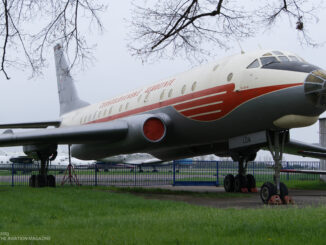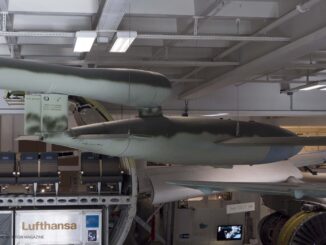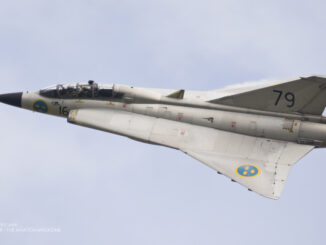 On 5th April 1948, a British Vickers VC.1B Viking airliner and a Soviet Air Force Yakovlev Yak-3 fighter aircraft collided in mid-air in the airspace above Berlin, near RAF Gatow station.
On 5th April 1948, a British Vickers VC.1B Viking airliner and a Soviet Air Force Yakovlev Yak-3 fighter aircraft collided in mid-air in the airspace above Berlin, near RAF Gatow station.
Historical background of the so-called Gatow air disaster dates back to the end of the World War II. Following the Berlin Declaration from 5th June 1945, four main powers of the Allies – the United States, the United Kingdom, the Soviet Union and France, asserted joint authority over the former German state.
The German territory was divided into four occupation zones, each administered by one of the aforementioned countries. Just like the capital city of Berlin that was also divided into four sectors, following the same rule.
However, shortly after the war, tensions which have already existed between the Soviet Union and the Western Allies, increased enormously. In consequence, the former Allies found themselves on opposing sides and soon the new period of the world´s history began, commonly known as the Cold War.
In March of 1948, the discussion about the future of Germany turned into open conflict. The Soviets broke off the talks and began to block supplies for West Berlin – the sectors of the German capital occupied and administrated by the Western Allies. Therefore, air transport was the only solution to supply West Berlin that was completely surrounded by the Soviet occupation zone.
Number of cargo flights to Tempelhof and Gatow airfields, located respectively within the American and the British sectors, increased rapidly. Almost immediately, The Soviets responded with harassing – or, colloquially saying, ´buzzing´ – the Western aircraft. The Soviet Air Force aeroplanes regularly violated the airspace over the West Berlin, followed the Western airliners and transport aircraft, and then performed close and dangerous manoeuvres around them.
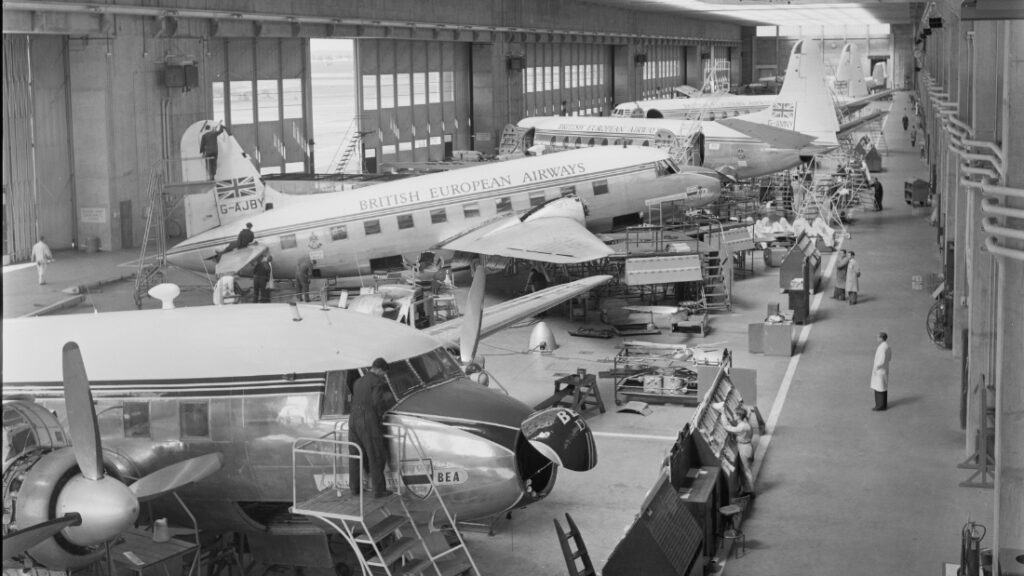
On 5th April 1948, the British Viking airliner G-AIVP performed a scheduled flight from London to Hamburg and then to RAF Gatow station. It was the civilian, commercial flight of British European Airways with four-member crew and ten passengers on board.
At approximately 2:30 pm, while the British aircraft entered the landing pattern, the Yak-3 aircraft of the Soviet Air Force approached from behind. The Soviet pilot dived beneath the Vickers and then sharply climbed – exactly at the moment the airliner began its left-hand turn to approach the runway. The British and the Soviet aircraft collided in the air. The starboard wing of the Yakovlev fighter clipped the port wing of the Viking, hard enough to rapidly tear both colliding wings off the aeroplanes. In result, the Soviet and the British aircraft came down crashing and exploding. All crew members and passenger died on spot.
Initially, the accident was met with violent reactions of the British and the US military authorities and orders securing the fighter protection for the Allied aircraft landing and taking-off from the West Berlin airfields were issued. However, they were cancelled shortly after the meeting of General Brian Robertson, the British Military Governor of Germany, with Marshal Vasily Sokolovsky, the Military Governor of Soviet Occupied Germany.
Sokolovsky assured his British counterpart that the mid-air collision over Gatow was only an unfortunate accident, caused by the fighter that was intended to land at the nearby Soviet air base in Dallgow. On 10th April, a joint British-Soviet committee was established to investigate the matter.
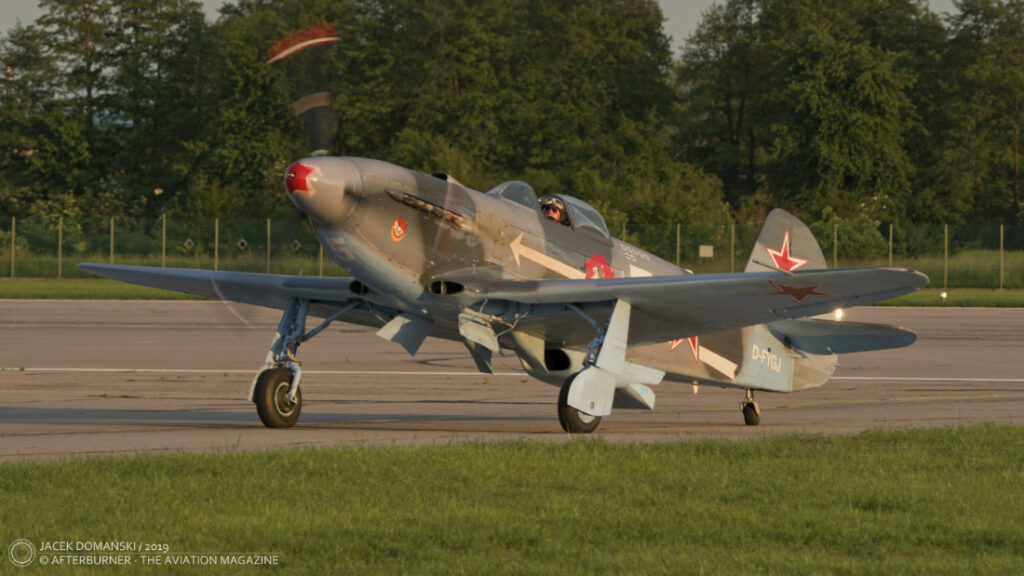
Nevertheless, that committee existed only three days. Its works were suspended after British withdrawal, caused by the Soviet condition of taking under consideration only the British and Soviet evidence and refusing to hear any German or American witnesses.
Therefore, the British opened their own investigation procedure. It confirmed that, however the collision was not intentional, it was entirely caused by the Soviet pilot and his dangerous manoeuvres. In addition, the investigation confirmed the Yak-3 crashed with its undercarriage still retracted, thus the Soviet version about landing at Dallgow was fake.
In response, the Soviet military authorities performed their own investigation procedure that concluded the collision was caused by the British aircraft. According to the Soviet version, the Viking suddenly emerged low from clouds, surprised the Soviet pilot and then crashed into the Yakovlev fighter.
Although it seemed that, for a short moment, the attention of powers was paid to the Gatow incident and its investigation, the tensions between the Western Allies and the Soviet Union returned with renewed strength shortly after. Within a few weeks they led to the Soviet blockade of West Berlin and then to opening the famous Berlin Airlift.
More information about the Berlin Airlift and celebration of its 70th anniversary can be found here, in our article issued in July of 2019.
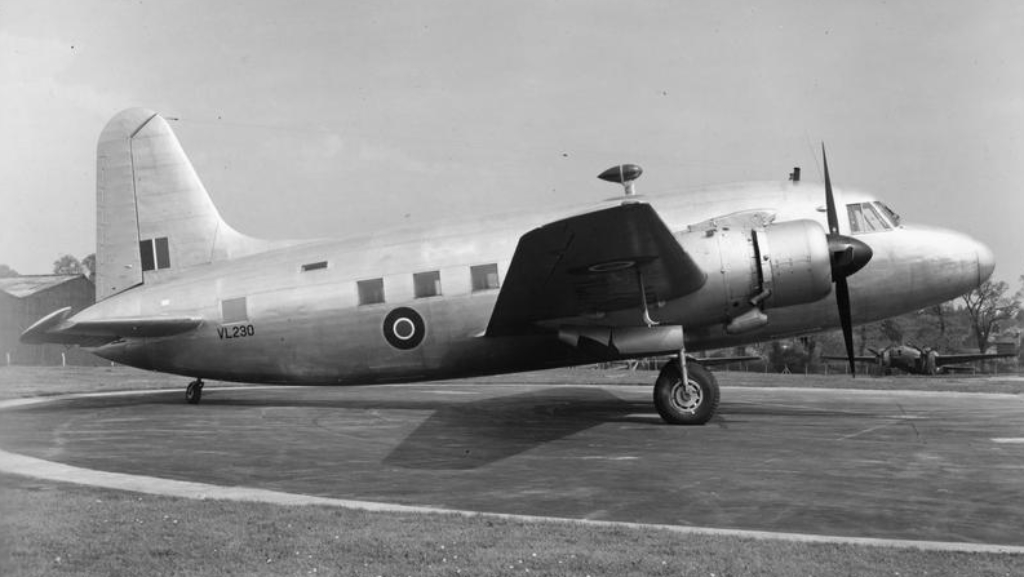
Cover photo: Yakovlev Yak-3M, illustrative photo

